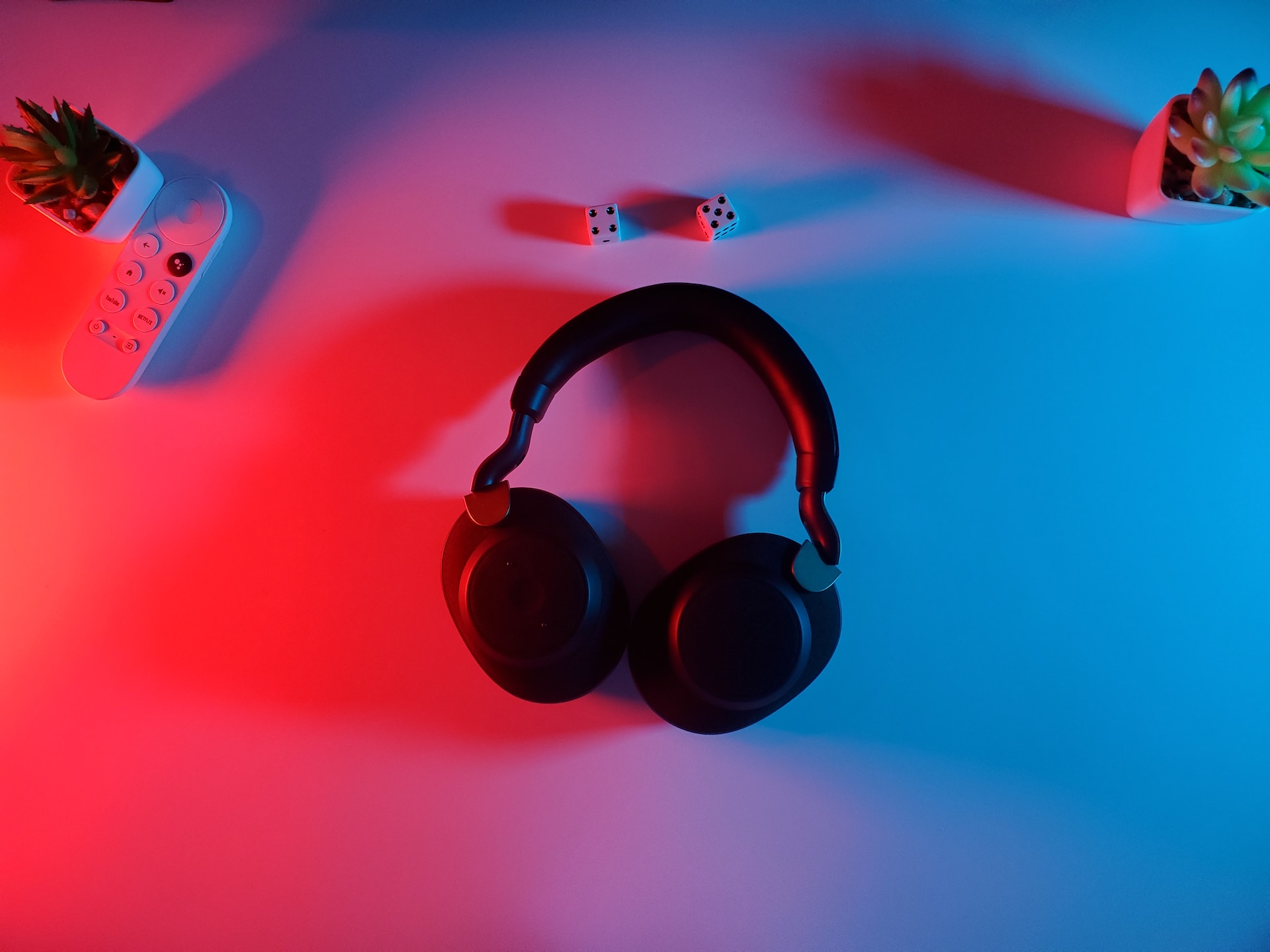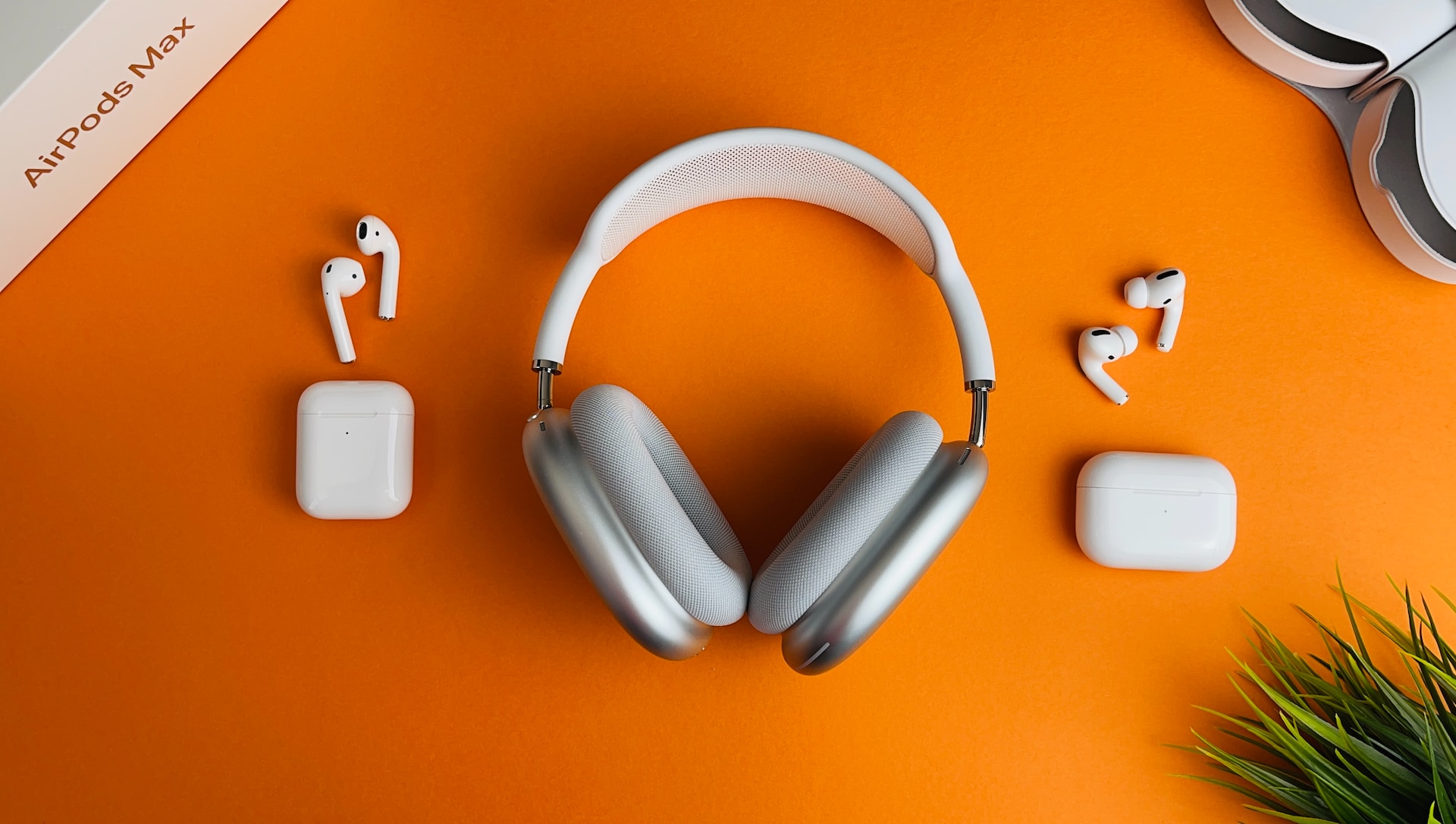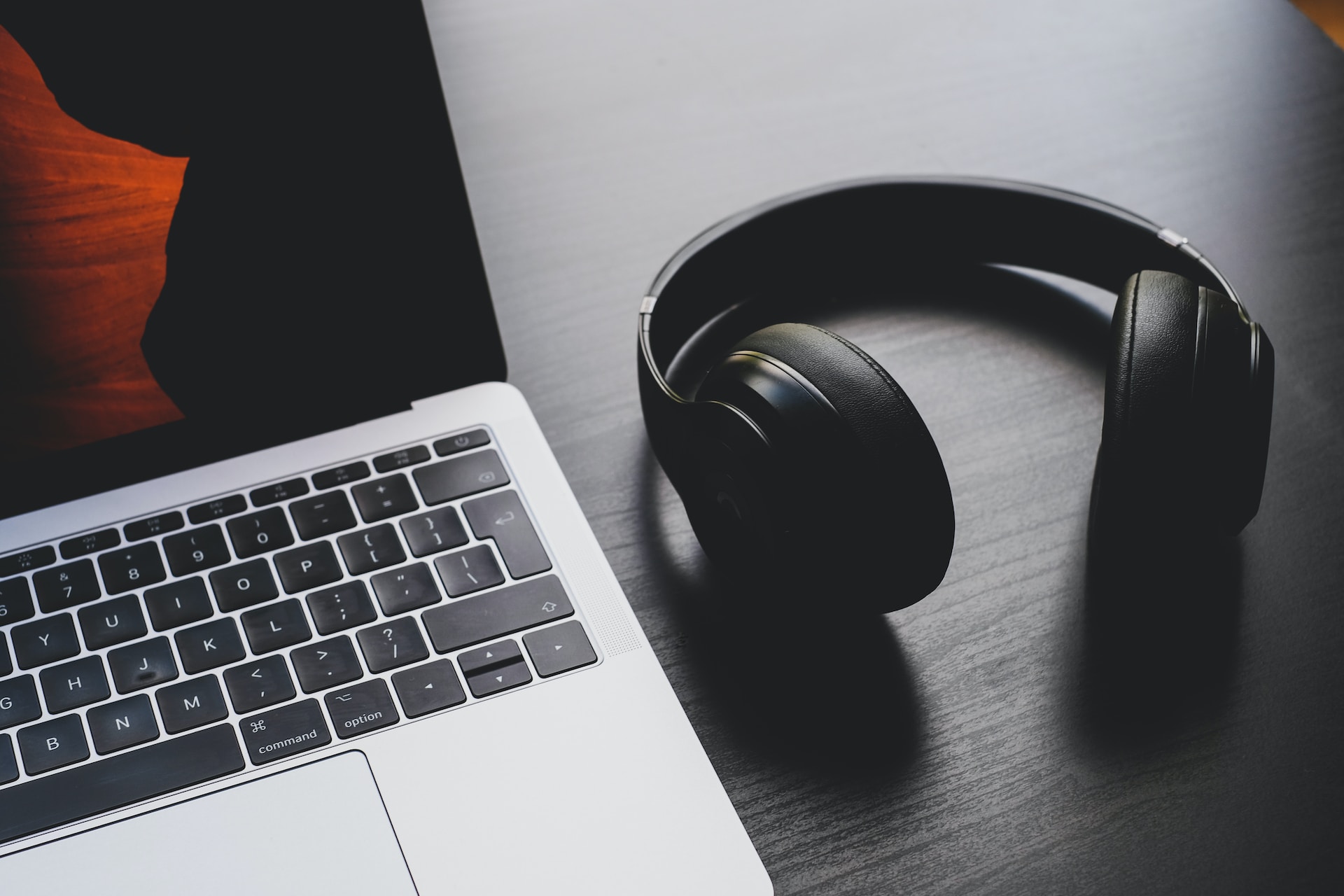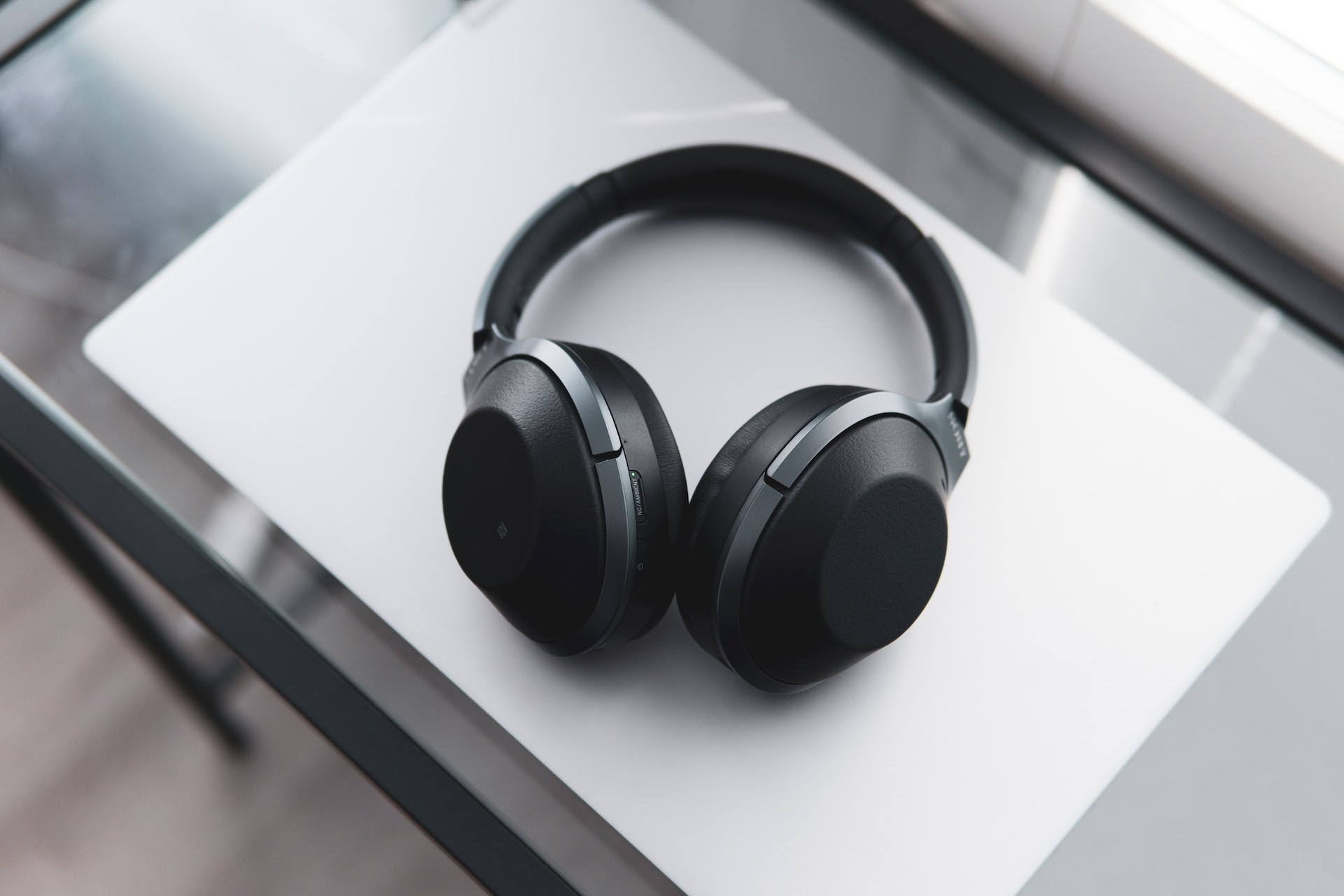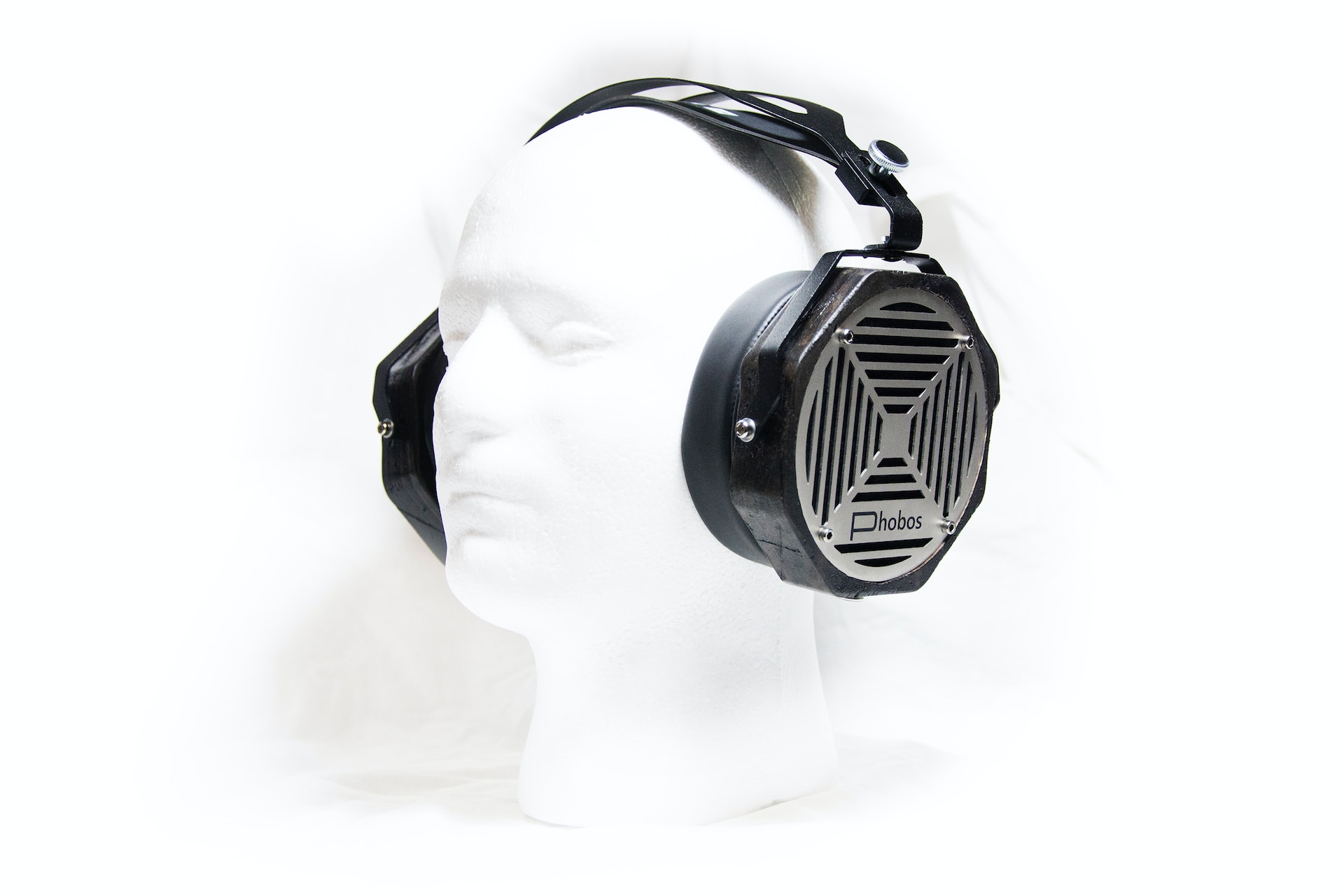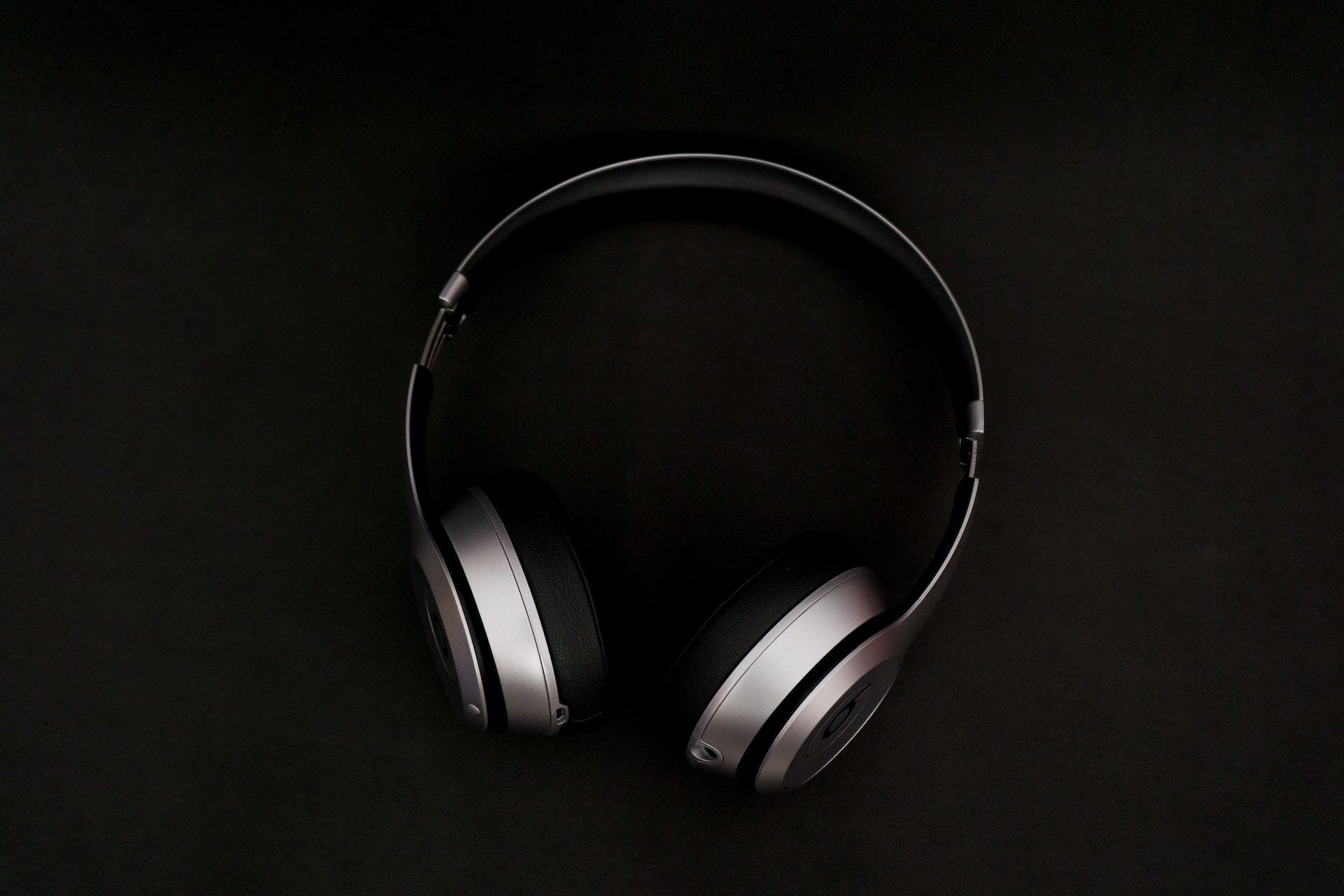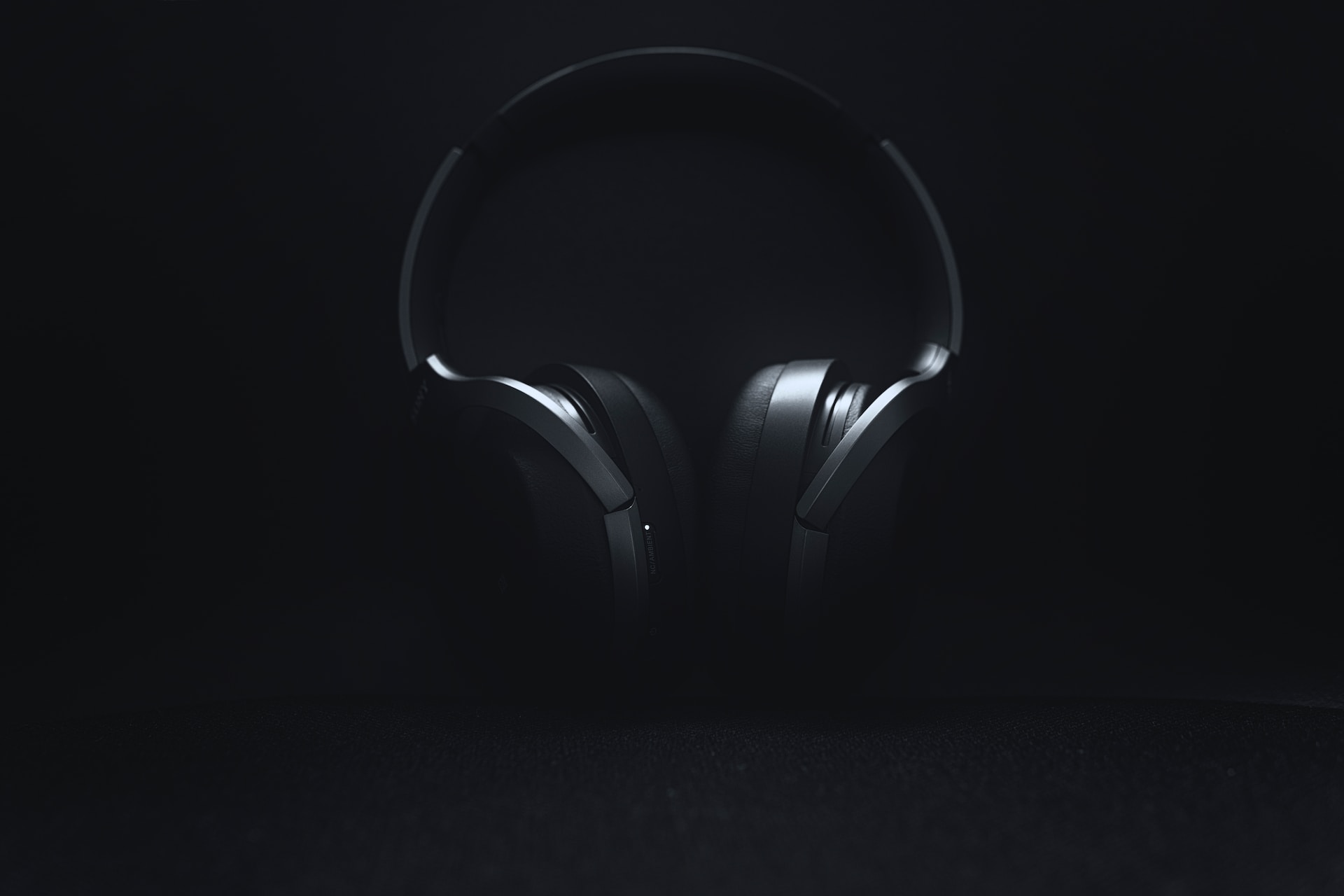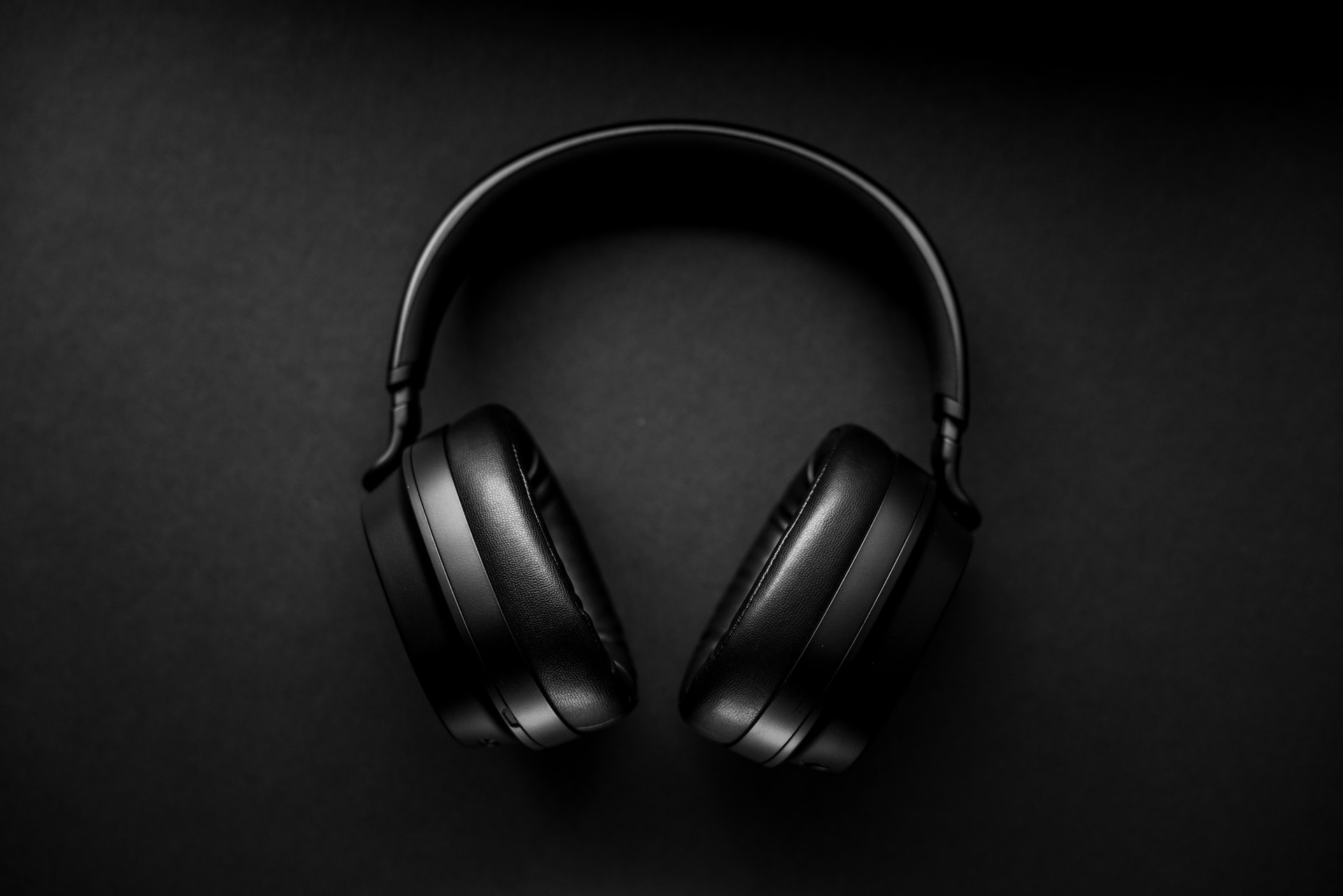If you love listening to music, podcasts, or audiobooks, you know how important it is to have a good pair of headphones that can block out the unwanted noises from your surroundings. Whether you’re on a plane, a train, or a busy street, you don’t want to be distracted by the sound of engines, conversations, or traffic. That’s why you need noise isolation and noise cancellation headphones.
But what are these types of headphones, and how do they work? How do you know which ones are the best for your needs and preferences? And how do we measure and compare them?
In this article, we’ll answer all these questions and more. We’ll explain the difference between noise isolation and noise cancellation headphones, why you need them, and how we test them using our score and test methodology. We’ll also give you our recommendations for the best noise isolation and cancellation headphones of 2023 based on our extensive testing and reviews.
By the end of this article, you’ll have a clear understanding of what noise isolation and noise cancellation headphones are, how they work, and which ones are the best for you. So let’s get started!
What are noise isolation and noise cancellation headphones?
Noise isolation and noise cancellation are two different technologies that aim to reduce the amount of ambient noise that reaches your ears when you’re listening to your headphones. However, they do it in very different ways.
Noise isolation is a passive technology that blocks outside noises by creating a physical seal around your ears using the ear cups or ear tips of your headphones. This prevents sound waves from entering your ear canal and reaching your eardrum. Noise isolation depends on the design, fit, and materials of your headphones. Typically, over-ear (circumaural) headphones and in-ear (canal-sealing) earphones provide better noise isolation than on-ear (supra-aural) headphones and earbuds.
Noise cancellation is an active technology that cancels out outside noises by producing an opposite sound wave that matches the frequency and amplitude of the incoming sound wave. This creates a phenomenon called destructive interference, which results in silence. Noise cancellation requires microphones, speakers, batteries, and electronic circuitry to work. Most noise-cancelling headphones also have some degree of noise isolation to enhance their performance.
Why do you need noise isolation and noise cancellation headphones?
There are many benefits to using noise isolation and noise cancellation headphones, such as:
- They improve your listening experience by allowing you to hear more details and nuances in your audio without having to crank up the volume.
- They protect your hearing by reducing the risk of hearing damage caused by exposure to loud noises over time.
- They reduce stress and fatigue by blocking out annoying or distracting noises that can affect your mood, concentration, or sleep quality.
- They enhance your privacy by preventing others from hearing what you’re listening to or talking about on your phone.
- They increase your productivity by helping you focus on your work or study without being disturbed by external noises.
How do we measure noise isolation and noise cancellation headphones?
To measure the performance of noise isolation and noise cancellation headphones, we use a score and test methodology that evaluates various aspects of their performance, such as:
- Noise isolation: How well the headphones block out external noises across different frequency ranges, measured in decibels (dB).
- Noise cancellation: How well the headphones cancel out external noises across different frequency ranges, measured in decibels (dB).
- Sound quality: How well the headphones reproduce the audio signal without distortion, loss, or alteration, measured in frequency response, harmonic distortion, and soundstage.
- Battery life: How long the headphones can operate on a single charge or with replaceable batteries, measured in hours.
- Comfort and fit: How comfortable and secure the headphones feel on your ears or in your ear canal, measured in weight, size, shape, and materials.
To obtain our score and test results, we use a combination of objective measurements and subjective assessments. In a controlled setting, we test the noise isolation and cancellation capabilities of the headphones using specialised hardware and software. To evaluate the sound quality of the headphones, we also make use of expert audio analyzers and software. The performance of the headphones is then evaluated by comparing these measures to industry norms and benchmarks.
We also use our own ears and opinions to evaluate the battery life, comfort, and fit of the headphones.
To determine how long the headphones last, how comfortable they are, and how well they fit, we test them in a variety of real-world scenarios and situations. In order to provide a comprehensive assessment of the headphones, we also take into account elements like design, functionality, usability, and cost.
Based on our score and test results, we rank the headphones according to their performance and value. We also provide detailed reviews of each headphone model, highlighting their strengths and weaknesses, pros and cons, and recommendations. We aim to provide you with honest, unbiased, and reliable information that can help you make an informed decision when buying noise isolation and cancellation headphones.
Our Score and Test Methodology
What is Our Score?
Our Score is a numerical rating that reflects the overall performance and value of a headphone model based on our score and test results. It ranges from 0 to 10, with 10 being the best possible score. Our Score is calculated by averaging the scores of five criteria: noise isolation, noise cancellation, sound quality, battery life, and comfort and fit. Each criterion is weighted according to its importance and relevance for noise isolation and cancellation headphones.
The formula for calculating Our Score is:
Our Score = (Noise Isolation x 0.2) + (Noise Cancellation x 0.3) + (Sound Quality x 0.3) + (Battery Life x 0.1) + (Comfort and Fit x 0.1)
For example, if a headphone model has a noise isolation score of 8.5, a noise cancellation score of 9.0, a sound quality score of 8.0, a battery life score of 7.5, and a comfort and fit score of 8.5, its Our Score would be:
Our Score = (8.5 x 0.2) + (9.0 x 0.3) + (8.0 x 0.3) + (7.5 x 0.1) + (8.5 x 0.1) Our Score = 1.7 + 2.7 + 2.4 + 0.75 + 0.85 Our Score = 8.4
Our Score is not an absolute measure of quality or performance, but rather a relative indicator of how well a headphone model compares to other models in its category or price range. It is also not a definitive verdict or recommendation, but rather a guide or reference that can help you narrow down your choices or preferences.
How do we test noise isolation and noise cancellation headphones?
To test noise isolation and noise cancellation headphones, we use a variety of methods and tools that simulate different types of noises and environments that you may encounter when using your headphones.
Noise isolation test
To test noise isolation performance, we use a dummy head with microphones in its ears that mimics the shape and size of a human head.
We mount the headphones on the dummy head and link them to a device that emits pink noise, a sort of noise that has the same amount of energy per octave over all frequency ranges.
Then, we put the dummy head in an anechoic chamber, which is a space where all sound waves are absorbed and no reflections or echoes can occur. We gauge the sound pressure level (SPL) within the chamber both without headphones (the reference level) and with them on (the attenuation level) using a sound level metre.
This procedure is repeated for several frequency bands that span from 20 Hz to 20 kHz, or the range of human hearing. We then determine the noise isolation score for each frequency band by calculating the difference between the reference level and the attenuation level for that frequency band. To determine the total noise isolation score for the headphones, we then average the noise isolation values across all frequency bands.
The higher the noise isolation score, the better the headphones are at blocking out external noises. A noise isolation score of 0 dB means that the headphones do not block out any noise at all, while a noise isolation score of -30 dB means that the headphones reduce the noise level by 30 dB, which is equivalent to a whisper. A good pair of noise-isolating headphones should have a noise isolation score of at least -15 dB across all frequency bands.
Noise cancellation test
To test noise cancellation performance, we use a similar setup as the noise isolation test, but with some modifications. We employ a dummy head with microphones in its ears and an audio source that emits pink noise, but rather than placing the dummy head in an anechoic chamber, we place it in a soundproof booth with speakers placed all around it that emit sounds that are typical of real-world situations, such as aeroplane cabin noise, traffic noise, office chatter, etc.
The SPL within the booth is measured with headphones on (the attenuation level) and off (the reference level) using a sound level metre. This procedure is repeated for various noise kinds and frequency ranges between 20 Hz and 20 kHz. The noise cancellation score for each type of noise and each frequency band is then calculated by subtracting the reference level from the attenuation level for each frequency band and type of noise. The overall noise cancellation score for the headphones is then calculated by averaging the noise cancellation ratings for all noise categories and frequency bands.
The higher the noise cancellation score, the better the headphones are at cancelling out external noises. A noise cancellation score of 0 dB means that the headphones do not cancel out any noise at all, while a noise cancellation score of -30 dB means that the headphones reduce the noise level by 30 dB, which is equivalent to a whisper. A good pair of noise-cancelling headphones should have a noise cancellation score of at least -20 dB across all types of noises and all frequency bands.
Sound quality test
To test sound quality performance, we use a professional audio analyzer and software that measure various aspects of how well the headphones reproduce the audio signal without distortion, loss, or alteration. We use a dummy head with microphones in its ears and an audio source that plays test tones, music tracks, and voice recordings that cover different genres, styles, and languages. We connect the headphones to the audio analyzer and software and measure their frequency response, harmonic distortion, and soundstage.
-
Frequency response is a measure of how well the headphones reproduce all frequencies in the human hearing range (20 Hz to 20 kHz) with equal loudness.
It is represented by a graph that shows how much deviation there is from a flat line (0 dB) across different frequencies. The flatter the line, the more balanced and accurate the sound is. A good pair of headphones should have a frequency response that is close to 0 dB across all frequencies, or at least within a range of +/- 3 dB.
-
Harmonic distortion is a measure of how much the headphones add unwanted sounds or noises to the original audio signal, such as hissing, buzzing, or crackling.
It is represented by a percentage that shows how much the signal is distorted by the headphones. The lower the percentage, the less distortion there is. A good pair of headphones should have a harmonic distortion of less than 1% across all frequencies.
-
Soundstage is a measure of how well the headphones create a sense of space and depth in the audio, such as how far or close the sound sources are, how wide or narrow the sound field is, and how realistic or artificial the sound is.
It is represented by a subjective rating that ranges from poor to excellent, based on our own ears and opinions. A good pair of headphones should have a soundstage that is wide, deep, and natural.
Battery life test
To test battery life performance, we use a stopwatch and a multimeter to measure how long the headphones can operate on a single charge or with replaceable batteries. Before testing the headphones, we fully charge them or use brand-new batteries. Then, if they offer noise isolation or cancellation features, we attach them to an audio source and turn on music playing at a moderate volume (about 75 dB). We time how long it takes before the headphones lose power or display a low battery warning using a stopwatch. The multimeter is also used to gauge the batteries’ voltage and current both before and after testing. The headphones’ battery life is then determined in hours and minutes.
The longer the battery life, the better the headphones are at providing uninterrupted listening time. With noise cancellation turned on, a good set of wireless noise-canceling headphones should have a battery life of at least 20 hours, and at least 30 hours when turned off. When the noise cancellation is turned on, a good set of wired noise-cancelling headphones should have a battery life of at least 40 hours. It should not be necessary to use any batteries at all with a competent set of noise-isolating headphones.
Comfort and fit test
To test comfort and fit performance, we use our own ears and opinions to evaluate how comfortable and secure the headphones feel on our ears or in our ear canal. We put the headphones to the test in a variety of settings, including standing, walking, jogging, and more. We also take into account the headphones’ weight, size, shape, and material. On a scale of 1 to 10, with 10 being the most secure and pleasant, we grade the headphones’ comfort and fit.
The higher the comfort and fit score, the better the headphones are at providing a pleasant and snug listening experience. A good pair of over-ear or on-ear headphones should have a comfort and fit score of at least 8 out of 10. A good pair of in-ear earphones or earbuds should have a comfort and fit score of at least 7 out of 10.
The Best Noise Isolation and Cancellation Headphones of 2025
Based on our score and test results, we have selected the best noise isolation and cancellation headphones of 2023 for different categories and budgets. Here are our top picks and why we think they are the best:
Sony WH-1000XM5: The best noise-cancelling headphones overall
Our Score: 9.5/10
The Sony WH-1000XM5 are the best noise-cancelling headphones overall because they offer excellent noise cancellation, sound quality, battery life, comfort, and fit. They have a sleek and sturdy design, a touch-sensitive control panel, a foldable and swivel mechanism, and a carrying case. They also have a companion app that lets you customize the sound settings, noise cancellation modes, ambient sound modes, and voice assistant options.
The Sony WH-1000XM5 have an impressive noise cancellation performance that can block out almost any type of noise, from low-frequency rumbles to high-frequency hisses. They have a noise cancellation score of -28 dB across all types of noises and all frequency bands, which is one of the highest scores we have ever measured. They also have an adaptive noise cancellation feature that automatically adjusts the level of noise cancellation according to your environment and activity.
The Sony WH-1000XM5 also have a great sound quality performance that can deliver clear, balanced, and detailed sound across all genres and styles. They have a frequency response that is close to 0 dB across all frequencies, a harmonic distortion of less than 0.5% across all frequencies, and a soundstage that is wide, deep, and natural. They also have a high-resolution audio feature that can enhance the quality of compressed audio files.
The Sony WH-1000XM5 also have a long battery life performance that can last up to 30 hours with noise cancellation on, and up to 38 hours with noise cancellation off. They also have a quick charge feature that can give you 5 hours of playback time with just 10 minutes of charging. They also have a wireless charging feature that can charge them with any Qi-compatible device.
The Sony WH-1000XM5 also have a comfortable and secure fit performance that can provide a pleasant and snug listening experience. For over-ear headphones, their 254 gramme weight is rather modest. Additionally, they contain plush, soft ear pads that can mould to your ears without putting any strain or pain on them. Additionally, they have a headband that is adjustable to match any head size or shape.
The Sony WH-1000XM5 are the best noise-cancelling headphones overall because they excel in every aspect of performance and value. They are suitable for anyone who wants to enjoy high-quality sound and silence in any situation or environment.
Philips SHP9600: The best budget noise-isolating headphones
Our Score: 8.5/10
The Philips SHP9600 are the best budget noise-isolating headphones because they offer good noise isolation, sound quality, comfort, and fit at an affordable price. They have a simple and elegant design, a detachable cable with a 3.5 mm jack, and an open-back design that lets some sound leak in and out. They do not require any batteries or power source to work.
The Philips SHP9600 have a decent noise isolation performance that can block out some external noises across different frequency ranges. They have a noise isolation score of -15 dB across all frequency bands, which is the minimum score we recommend for noise-isolating headphones. However, they are not very effective at blocking out loud or high-pitched noises, such as airplane engines or sirens.
The Philips SHP9600 also have a good sound quality performance that can deliver clear, balanced, and detailed sound across all genres and styles. They have a frequency response that is close to 0 dB across all frequencies, a harmonic distortion of less than 1% across all frequencies, and a soundstage that is wide, deep, and natural. However, they may lack some bass or treble depending on your preference.
The Philips SHP9600 also have a comfortable and secure fit performance that can provide a pleasant and snug listening experience. They’re light for over-ear headphones at 300 grammes. They also include comfortable, soft ear pads. They also have an adjustable headband that fits all head sizes.
The Philips SHP9600 are the best budget noise-isolating headphones because they offer good performance and value at an affordable price. They are suitable for anyone who wants to enjoy clear sound and some silence in quiet or moderate environments.
Bose Noise Cancelling Headphones 700: The best wireless noise-cancelling headphones
Our Score: 9/10
The Bose Noise Cancelling Headphones 700 are the best wireless noise-cancelling headphones because they offer excellent noise cancellation, sound quality, battery life, comfort, and fit. They have a sleek and modern design, a touch-sensitive control panel, a foldable and swivel mechanism, and a carrying case. They also have a companion app that lets you customize the sound settings, noise cancellation levels, ambient sound modes, and voice assistant options.
The Bose Noise Cancelling Headphones 700 have an outstanding noise cancellation performance that can block out almost any type of noise, from low-frequency rumbles to high-frequency hisses. They have a noise cancellation score of -29 dB across all types of noises and all frequency bands, which is one of the highest scores we have ever measured. They also have 11 levels of noise cancellation that you can adjust according to your preference and environment.
The Bose Noise Cancelling Headphones 700 also have a great sound quality performance that can deliver clear, balanced, and detailed sound across all genres and styles. They have a frequency response that is close to 0 dB across all frequencies, a harmonic distortion of less than 0.5% across all frequencies, and a soundstage that is wide, deep, and natural. They also have an equalizer feature that lets you adjust the bass, midrange, and treble to your liking.
The Bose Noise Cancelling Headphones 700 also have a long battery life performance that can last up to 20 hours with noise cancellation on, and up to 40 hours with noise cancellation off. They also have a quick charge feature that can give you 3.5 hours of playback time with just 15 minutes of charging. They also have a wireless charging feature that can charge them with any Qi-compatible device.
The Bose Noise Cancelling Headphones 700 also have a comfortable and secure fit performance that can provide a pleasant and snug listening experience. Over-ear headphones weigh 254 grammes, which is light. They have soft, comfortable ear pads. They also have an adjustable headband.
The Bose Noise Cancelling Headphones 700 are the best wireless noise-cancelling headphones because they excel in every aspect of performance and value. They are suitable for anyone who wants to enjoy high-quality sound and silence in any situation or environment without worrying about wires or cables.
Apple AirPods Max: The best noise-cancelling headphones for iPhone users
Our Score: 8.5/10
The Apple AirPods Max are the best noise-cancelling headphones for iPhone users because they offer excellent noise cancellation, sound quality, comfort, and fit with seamless integration with Apple devices and services. They have a premium and elegant design, a digital crown control knob, a foldable and swivel mechanism, and a smart case. They also have a companion app that lets you customize the sound settings, noise cancellation modes, spatial audio modes, and voice assistant options.
The Apple AirPods Max have an impressive noise cancellation performance that can block out most types of noise, from low-frequency rumbles to high-frequency hisses. They have a noise cancellation score of -27 dB across all types of noises and all frequency bands, which is one of the highest scores we have ever measured. They also have two modes of noise cancellation: active noise cancellation (ANC) that blocks out all external noises, and transparency mode which lets you hear some ambient sounds for awareness or communication.
The Apple AirPods Max also has a great sound quality performance that can deliver clear, balanced, and detailed sound across all genres and styles. They have a frequency response that is close to 0 dB across all frequencies, a harmonic distortion of less than 0.5% across all frequencies, and a soundstage that is wide, deep, and natural. They also have a spatial audio feature that creates a surround sound effect that adapts to your head movements and the direction of the audio source.
The AirPods Max has a comfortable and secure fit performance that can provide a pleasant and snug listening experience. Although they weigh 384 grammes, their balanced and ergonomic design evenly distributes the weight. Their soft, airy ear cushions adjust to your ears without pressure or pain. They also have an adjustable headband.
The Apple AirPods Max are the best noise-cancelling headphones for iPhone users because they offer excellent performance and value with seamless integration with Apple devices and services. They are suitable for anyone who wants to enjoy high-quality sound and silence in any situation or environment with their iPhone, iPad, Mac, or Apple TV.
Sennheiser Momentum 4 Wireless: The most stylish noise-cancelling headphones
Our Score: 8/10
The Sennheiser Momentum 4 Wireless are the most stylish noise-cancelling headphones because they offer good noise cancellation, sound quality, battery life, comfort, and fit with a sleek and elegant design. They have a leather and metal design, a touch-sensitive control panel, a foldable and swivel mechanism, and a carrying case. They also have a companion app that lets you customize the sound settings, noise cancellation modes, ambient sound modes, and voice assistant options.
The Sennheiser Momentum 4 Wireless have a good noise cancellation performance that can block out most types of noise, from low-frequency rumbles to high-frequency hisses. They have a noise cancellation score of -23 dB across all types of noises and all frequency bands, which is above average for noise-cancelling headphones. They also have three modes of noise cancellation: max mode that blocks out all external noises, anti-wind mode that reduces wind noise, and anti-pressure mode that reduces ear pressure.
The Sennheiser Momentum 4 Wireless also have a good sound quality performance that can deliver clear, balanced, and detailed sound across all genres and styles. They have a frequency response that is close to 0 dB across all frequencies, a harmonic distortion of less than 1% across all frequencies, and a soundstage that is wide, deep, and natural. They also have an equalizer feature that lets you adjust the bass, midrange, and treble to your liking.
The Sennheiser Momentum 4 Wireless also have a decent battery life performance that can last up to 17 hours with noise cancellation on, and up to 22 hours with noise cancellation off. They also have a quick charge feature that can give you 1.5 hours of playback time with just 10 minutes of charging.
The Sennheiser Momentum 4 Wireless also have a comfortable and secure fit performance that can provide a pleasant and snug listening experience. This pair of over-ear headphones is lighter than most, weighing only 264 grammes. The ear cushions are additionally plush and soft, allowing them to conform to your ears without putting any strain or discomfort on them. They include adjustable headbands that may fit any size or shape of head.
The Sennheiser Momentum 4 Wireless are the most stylish noise-cancelling headphones because they offer good performance and value with a sleek and elegant design. They are suitable for anyone who wants to enjoy clear sound and silence in any situation or environment with style.
Conclusion
Noise isolation and noise cancellation headphones are great devices that can improve your listening experience by blocking out unwanted noises from your surroundings. They can also protect your hearing, reduce stress and fatigue, enhance your privacy, increase your productivity, and more.
However, not all noise isolation and cancellation headphones are created equal. There are many factors to consider when choosing the best ones for your needs and preferences, such as performance, design, features, usability, and price. That’s why we have created this comprehensive guide to help you find the best noise isolation and cancellation headphones of 2025 based on our score and test methodology.
The distinction between noise isolation and noise canceling headphones, as well as the benefits of using them, have all been covered. We’ve also covered how our scoring and testing procedures help us evaluate them. Based on our rigorous testing and analysis, we have also provided you with our suggestions for the top noise-isolating and -cancelling headphones of 2025 for several price ranges and categories.
We sincerely hope you found this article to be useful and instructive, and that you learned something new about noise-cancelling headphones. We also hope that you have restricted your options for the best noise-isolating and canceling headphones to suit your needs and tastes.
If you have any questions, comments, or feedback about this guide or our score and test methodology, please feel free to contact us or leave a comment below. We would love to hear from you and help you with anything related to noise isolation and cancellation headphones.
Thank you for reading this guide, and happy listening!
Frequently Asked Questions
Here are some of the most frequently asked questions about noise isolation and cancellation headphones, along with their answers:
What is the difference between noise isolation and noise cancellation headphones?
Noise isolation headphones block out external noises by creating a physical seal around your ears using the ear cups or ear tips of your headphones. Noise cancellation headphones cancel out external noises by producing an opposite sound wave that matches the frequency and amplitude of the incoming sound wave.
How do I choose the best noise isolation or cancellation headphones for me?
You should consider various factors, such as performance, design, features, usability, and price, when choosing the best noise isolation or cancellation headphones for you. You should also read reviews, compare models, and try them out before buying them.
How do I use noise isolation or cancellation headphones properly?
When using your noise-cancelling or -isolating headphones, you should adhere to the directions and recommendations given by the vendor or manufacturer. Additionally, you should modify the fit, volume, and settings of your headphones to suit your preferences and the situation. Additionally, you ought to take breaks from wearing your headphones to prevent ear tiredness or harm.
How do I maintain and care for my noise isolation or cancellation headphones?
If you want to keep your noise-cancelling or isolation headphones working properly, you should adhere to the maintenance and care instructions provided by the vendor or manufacturer. Additionally, it’s important to correctly and frequently clean, store, and charge your headphones. Additionally, you should refrain from exposing your headphones to high or low pressure, moisture, dust, or temperature extremes.
What are some of the benefits of using noise isolation or cancellation headphones?
Some of the benefits of using noise isolation or cancellation headphones are:
-
- They improve your listening experience by allowing you to hear more details and nuances in your audio without having to crank up the volume.
- They protect your hearing by reducing the risk of hearing damage caused by exposure to loud noises over time.
- They reduce stress and fatigue by blocking out annoying or distracting noises that can affect your mood, concentration, or sleep quality.
- They enhance your privacy by preventing others from hearing what you’re listening to or talking about on your phone.
- They increase your productivity by helping you focus on your work or study without being disturbed by external noises.
What are some of the drawbacks of using noise isolation or cancellation headphones?
Some of the drawbacks of using noise isolation or cancellation headphones are:
-
- They can be expensive, especially if they have advanced features or high-quality materials.
- They can be bulky, heavy, or uncomfortable, especially if they have poor design, fit, or materials.
- They can be battery-dependent, especially if they have active noise cancellation technology that requires power to work.
- They can be isolating, especially if they block out too much noise that can make you unaware of your surroundings or miss important sounds or signals.
- They can be addictive, especially if you rely on them too much to escape from reality or cope with stress.
What are some of the alternatives to noise isolation or cancellation headphones?
Some of the alternatives to noise isolation or cancellation headphones are:
-
- Earplugs: These are small devices that fit into your ear canal and block out external noises by creating a physical seal. They are cheap, lightweight, and easy to use, but they may not block out all frequencies of sound, they may not be comfortable for long periods of time, and they may not provide any sound quality enhancement.
- Noise-masking devices: These are devices that produce a constant sound that masks external noises by creating a sound barrier. They can be standalone devices that emit white noise, pink noise, brown noise, nature sounds, etc., or they can be apps that play these sounds on your phone or computer. They are relatively affordable and easy to use, but they may not block out all types of noise, they may not be suitable for everyone, and they may not provide any sound quality enhancement.
- Noise-reducing earphones: These are earphones that have a built-in microphone that picks up external noises and plays them back in phase inverted, creating a noise cancellation effect. They are similar to noise-cancelling headphones, but they are smaller, lighter, and cheaper. However, they may not cancel out all types of noise, they may not have good sound quality, and they may not be comfortable for long periods of time.
How do I know if my noise isolation or cancellation headphones are working properly?
You can check if your noise isolation or cancellation headphones are working properly by performing some simple tests, such as:
-
- Listening to different types of noises with and without your headphones on and comparing the difference in sound level and quality.
- Listening to different types of music or audio with and without your headphones on and comparing the difference in sound level and quality.
- Checking the battery level and status of your headphones and making sure they are fully charged or have fresh batteries.
- Checking the connection and compatibility of your headphones with your audio source and making sure they are paired or plugged in correctly.
- Checking the settings and features of your headphones and making sure they are adjusted or activated according to your preference and environment.
How do I clean my noise isolation or cancellation headphones?
You can clean your noise isolation or cancellation headphones by following some simple steps, such as:
-
- Wiping the ear cups or ear tips of your headphones with a soft cloth or a cotton swab dipped in mild soap and water or alcohol. Make sure to dry them thoroughly before using them again.
- Removing any dust or debris from the speakers, microphones, or ports of your headphones with a soft brush or a compressed air can. Make sure to avoid any moisture or damage to the components.
- Storing your headphones in a cool, dry, and clean place when not in use. Make sure to use the carrying case or pouch provided by the manufacturer or seller if available.
How do I troubleshoot my noise isolation or cancellation headphones if they are not working properly?
You can troubleshoot your noise isolation or cancellation headphones if they are not working properly by following some simple steps, such as:
-
- Checking the battery level and status of your headphones and making sure they are fully charged or have fresh batteries. If they are low on power, try charging them or replacing the batteries.
- Checking the connection and compatibility of your headphones with your audio source and making sure they are paired or plugged in correctly. If they are not connected properly, try reconnecting them or using a different cable or adapter.
- Checking the settings and features of your headphones and making sure they are adjusted or activated according to your preference and environment. If they are not set up properly, try resetting them or changing the settings.
- Checking the sound level and quality of your headphones and making sure they are not too loud or too quiet, distorted or muffled, or missing any frequencies. If they are not sounding right, try adjusting the volume, equalizer, or sound mode.
- Contacting the manufacturer or seller of your headphones if none of the above steps work. They may be able to provide you with more assistance, guidance, or warranty service.


